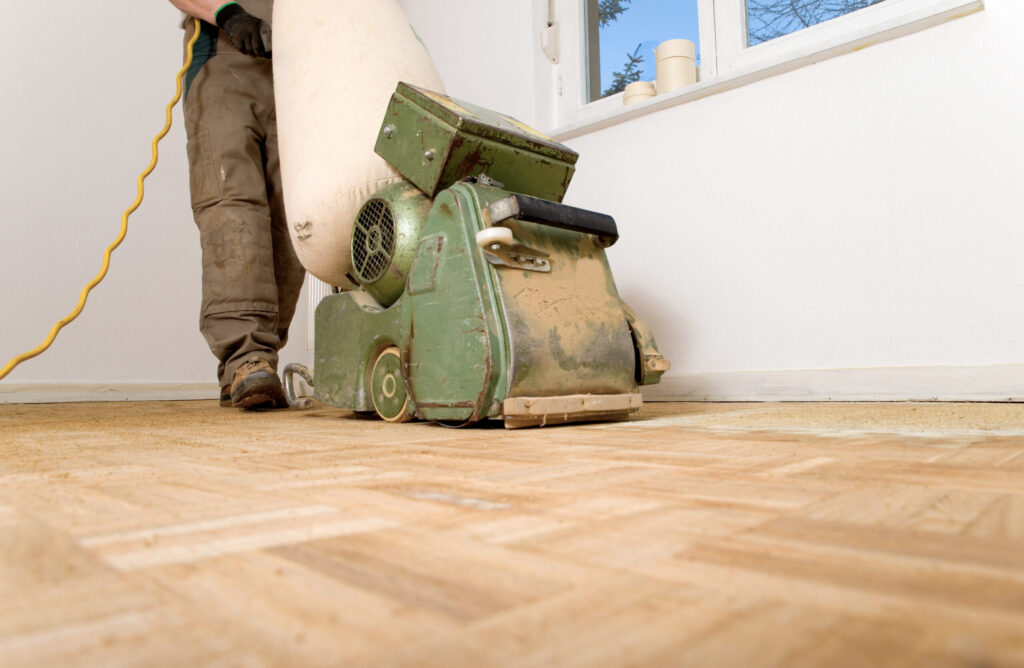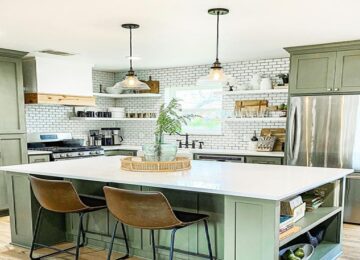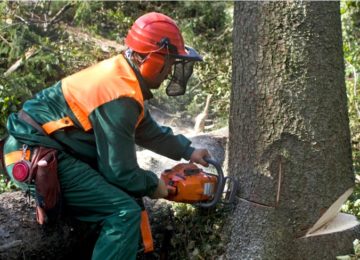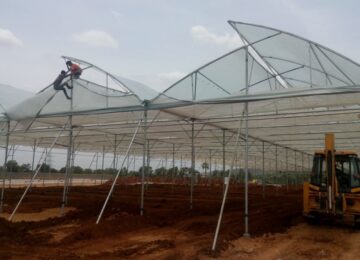When it comes to home renovations, few projects have as dramatic an impact as refinishing hardwood floors. Over time, scratches, dents, and dull finishes can make even the most beautiful floors look worn out. Traditionally, the solution has been floor sanding—but anyone who has lived through it knows the clouds of dust, lingering mess, and post-project cleanup can be overwhelming.
That’s why dustless floor sanding has become the preferred choice for modern renovations. This innovative method transforms the sanding process into a cleaner, healthier, and more efficient experience for homeowners.
What Is Dustless Floor Sanding?
Dustless sanding uses specialized equipment equipped with industrial-grade vacuums and HEPA filters. Instead of allowing sawdust to scatter across your home, the system captures particles at the source and safely contains them.
The result? A cleaner home, better air quality, and a smoother surface for staining and finishing.
Top Benefits of Dustless Floor Sanding
1. Cleaner Renovation Experience
Unlike traditional sanding that leaves dust on every surface, dustless systems trap debris immediately. This means no layers of fine dust on walls, windowsills, or furniture.
2. Improved Indoor Air Quality
Fine wood dust can trigger allergies, asthma, and respiratory irritation. Dustless sanding minimizes airborne particles, creating a safer environment for families and pets.
3. Better Finish Quality
Dust particles left on the floor can interfere with stain and sealant application. By eliminating this issue, dustless sanding ensures a flawless, even finish.
4. Time-Saving Process
Because there’s little to no cleanup after sanding, the overall project timeline is shorter. Homeowners can enjoy refinished floors sooner.
5. Eco-Friendly Advantage
Dustless sanding equipment often works in combination with low-VOC stains and finishes, making it a more environmentally responsible choice.
When Is Dustless Sanding Recommended?
Dustless sanding is suitable for most hardwood floor renovation projects, including:
- Full refinishing of old, worn floors.
- Removing deep scratches, stains, or water marks.
- Preparing floors for a new stain or finish color.
- Smoothing uneven or damaged sections.
It’s especially recommended for households with children, pets, or individuals with respiratory sensitivities.
Trusted Experts in Dustless Floor Sanding
While dustless sanding requires specialized equipment, it also demands skill and experience for the best results. Many homeowners trust services like Plancher Mebesa, known for combining advanced dustless sanding technology with expert craftsmanship. Their team ensures not only a cleaner process but also floors that look brand new and last for years.
How to Prepare for Dustless Sanding
- Clear the room – Move furniture, rugs, and décor before work begins.
- Seal other areas – While dustless sanding captures nearly everything, sealing adjoining rooms adds extra protection.
- Choose your finish – Decide whether you want a natural look, stain, or gloss level before the project starts.
Final Thoughts
Dustless floor sanding is a game-changer in hardwood floor renovation. By keeping homes cleaner, improving air quality, and delivering flawless results, it eliminates the biggest frustrations of traditional sanding.










